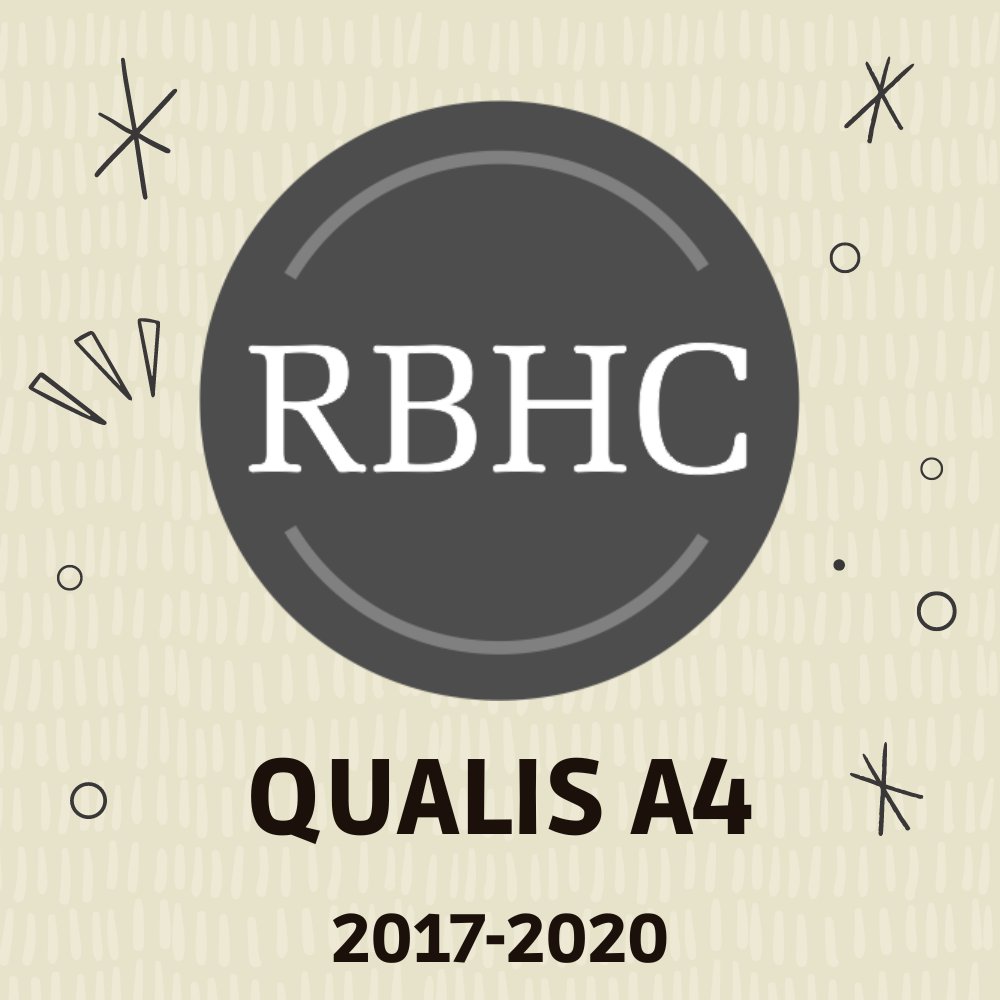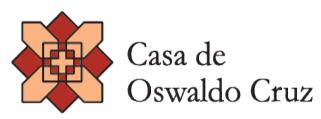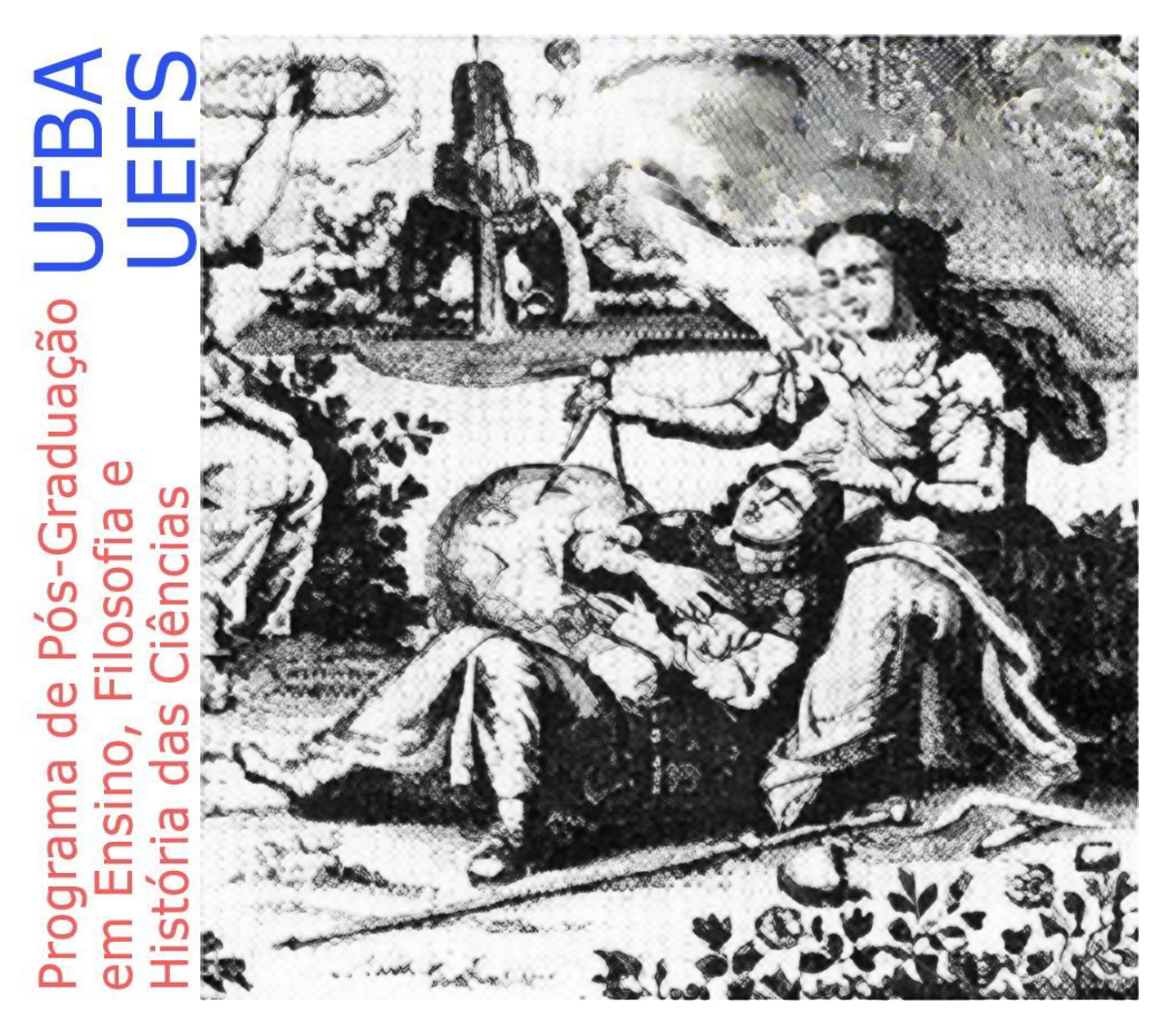“The New ‘Oswaldic’ Market”
circulation of knowledge and the control of bubonic plague in Rio de Janeiro and in São Paulo (1894-1910)
DOI:
https://doi.org/10.53727/rbhc.v9i2.167Keywords:
circulation of knowledge, public health, bubonic plague, Brazil, IndiaAbstract
The present paper follows the establishment of public health measures against bubonic plague centered on the hunting and destruction of rats in São Paulo and Rio de Janeiro. The text revolves around the fact that these measures were neither a mere application of a European theory in Brazil nor the diffusion of a body of knowledge produced abroad and adopted in the country. On the contrary, we advocate that the adoption of such measures, symbolized by the figure of the “ratoeiro” (ratman) in Rio de Janeiro, was the result of the circulation of knowledge, since some of the knowledge about the disease developed by European researchers in India, like Paul-Louis Simond, was reconfigured in Brazil and went back to Europe in its modified version.
Downloads
Downloads
Published
Issue
Section
License

This work is licensed under a Creative Commons Attribution-NonCommercial-NoDerivatives 4.0 International License.



















